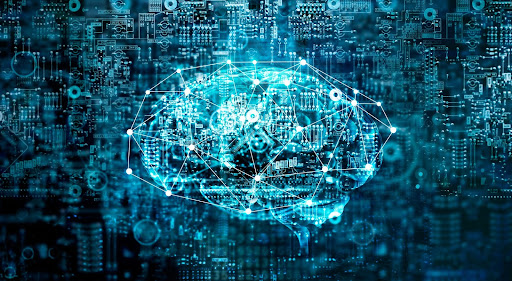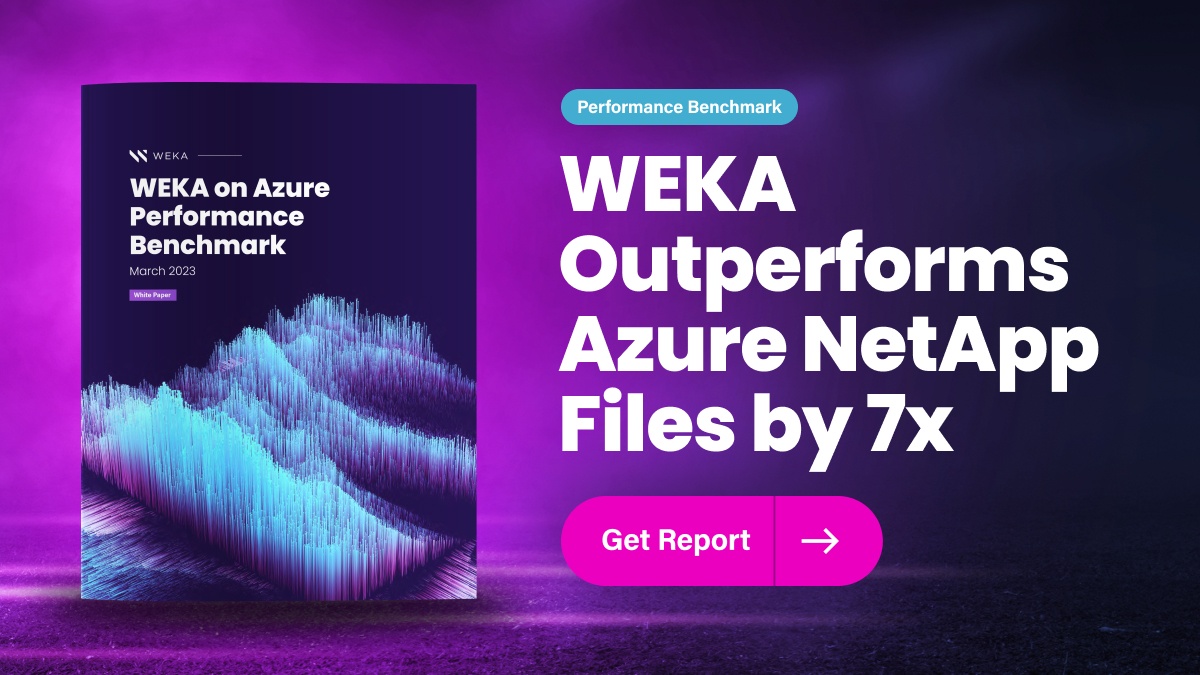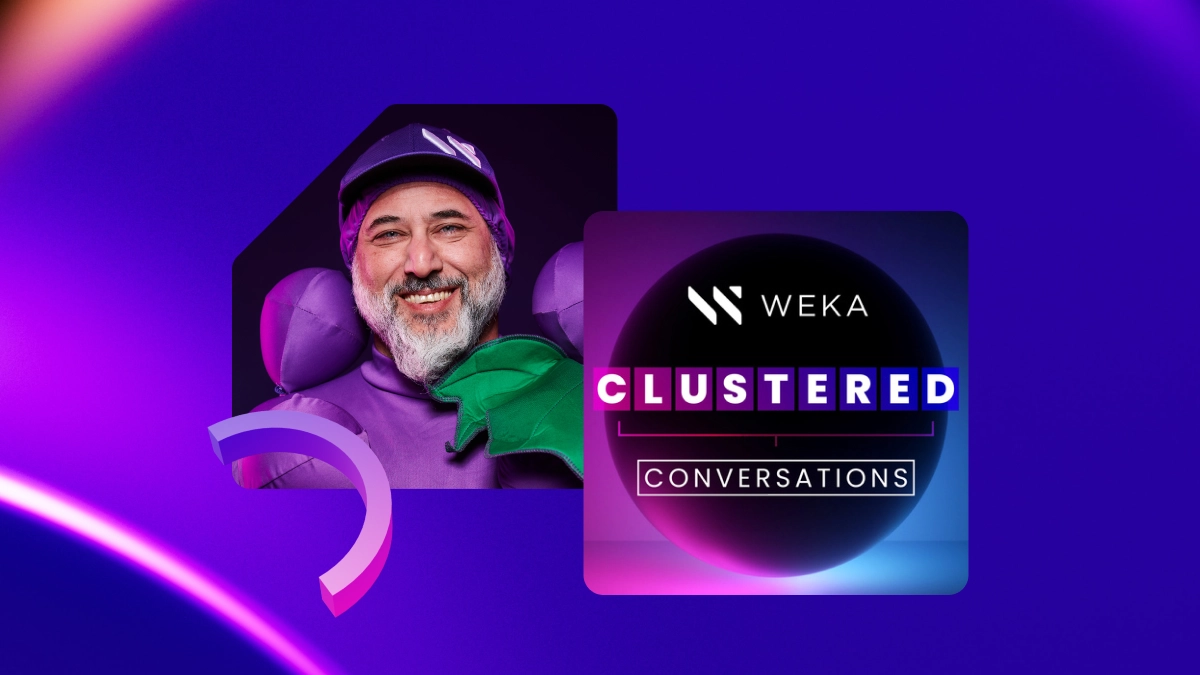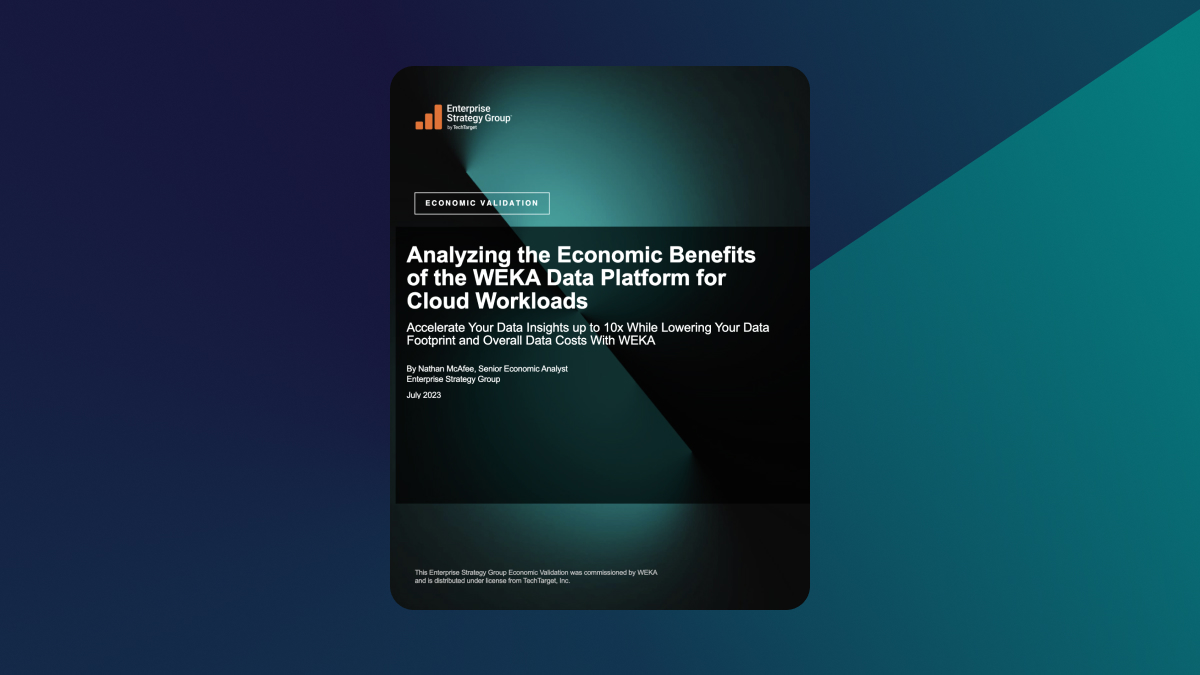How Do HPC & AI Work Together? What Can They Do?

HPC and AI are both critical in their own right, but what applications can they conquer together?
How do HPC and AI work together?
High-performance computing is a method of processing large amounts of data and performing complex calculations at high speed. HPC is well suited for AI, which uses large data sets and complex models. HPC and AI combined have use cases in the following areas:
- Predictive Analytics
- Physics and Modeling
- Autonomous Systems
- Genomic Sequencing and Visualization
What Is High-Performance Computing?
High-performance computing is the primarily cloud-based approach to powerful computing that utilizes big data approaches to processing and analytics. The advent of cloud platforms and increasingly data-centric platforms have driven greater demand for increased processing capabilities to use that data.
Unlike traditional mainframe supercomputers, where users would log in to a central machine to interact with powerful hardware and processing capabilities, HPCs rely on distributed data inputs and processing components to distribute computing potential in a way that supersedes centralized systems.
Generally speaking, HPC systems will include the following umbrella component categories:
- Compute: HPC systems will use flexible cloud computing clusters to power their processing capabilities. These systems can harness the computing power of dozens or hundreds of processors across geographically diverse locations to act as a single computing system. Furthermore, these distributed systems are often built from specialized hardware, including dedicated circuitry and GPUs.
- Storage: One of the most significant advantages of cloud-based HPC platforms is the massive data they can draw from to power specific applications. These HPC platforms often access information from various sources, including user actions, databases, and edge computing devices. HPC systems will also often rely on high-availability storage clusters that use several layers of backups and failover mechanisms so that data remains accessible even during high-demand HPC workloads.
- Networking: To facilitate the proper operation of an HPC system, the compute and storage components must remain connected with fast (sometimes nearly instantaneous) networking capabilities. Ten Gbps fiber-optic connections often serve as the backdrop of the networking infrastructure of these systems.
Because these components are distributed and separated from each other, HPC systems often scale rapidly and with demand, responsive to the needs of researchers and engineers. This means that new storage clusters or processing nodes can come online rapidly to help support some of the most demanding computational tasks currently being performed.
What Is Artificial Intelligence?
Artificial intelligence uses machines to perform actions equally well, if not better, than a human operator.
In modern applications, AI is more readily related to autonomous or self-directing systems in highly niche areas. The machine can use learned strategies to accomplish tasks like driving other machines, managing manufacturing processes, or providing insights into media or data.
Some of the critical aspects of an AI, or AI-like system, include the following:
- Machine Learning: If AI is a machine that can perform specific actions autonomously, machine learning is the underlying system from which an AI can learn strategies that drive those actions. Machine learning systems are algorithms utilizing specific, human-defined learning strategies to ingest and interpret massive quantities of data to determine the best courses of action in a given environment or data set. Machine learning systems come in several different shapes and sizes, each suitable for different applications. However, all these systems have in common that they rely on large data sets for training and the availability of high-performance computing to process that data, run simulations, and so on.
- Neural Networks: Neural networks have, in theory, been a reality in AI and machine learning since the 1980s. The general idea behind such networks is to mimic how we think the human mind works—namely, with collections of simple “nodes” that process bits of data to provide weighted outputs that, when operating together, solve more complex tasks. The oldest forms of AI development and design relied on linear programming—logical decision structures figured in code. Neural networks allowed nonlinear processing and problem-solving better suited for these complex tasks.
- Analytics: AI and machine learning are, in their own way, reliant on analytical structures to derive meaning from data. Sometimes, these analytics are explicit. In other cases, there are more implicit scaffoldings that machine learning systems use to infer strategies based on data sets.
AI and machine learning are some of the most computationally demanding applications currently in the private and public sectors. In many cases, they serve as the backbone of research projects spanning the life sciences, genomic sequencing, medicine, retail, manufacturing, customer service, public service, and financial services.
How Does HPC Affect AI Development?
The development of useful AI has been, for many decades, a tricky proposition. Limits in hardware and software in the 1960s through 1990s mean that AI was a driving idea that spawned several useful technologies in areas like robotics, language processing, and expert systems.
However, with the rise of HPC, more readily useful AI has become a reality. That’s because HPC provides some of the key features that an AI system needs to function:
- High-Performance Workloads: AI needs high-performance computing to work, and there is really no way around that. Limitations in hardware performance under centralized systems likewise limited what researchers could accomplish in terms of intelligent systems. HPC solves this problem by providing powerful GPU-accelerated hardware that can support the demands of machine learning and AI training systems.
- Vast Data Sources: Alongside these critical processing capabilities, an HPC system will give machine learning capabilities the data it needs to train itself. HPC systems can connect a vast cross-section of data sources, clean and sanitize that data, and store it securely in HA clusters so that it is readily available at any given time.
- Scalability: AI systems aren’t running full-throttle at all times. Instead, they process different volumes of data at different times and for different purposes. This demand for scalability plays a massive role in end users’ availability of AI capabilities (like analytics). It’s critical that an HPC-based AI system can scale to meet back-end analytics and end-user interfaces.
The reality is that modern AI is built almost entirely on top of high-performance computing infrastructure.
Where Do HPC and AI Converge?
Conversely, AI also greatly impacts how HPC works to provide value for researchers, engineers, and even enterprise end users. Some of the more striking ways that AI converges with HPC platforms include particular and technical applications that drive immense growth in commerce and the sciences.
Some of the more prevalent areas where AI and HPC come together include the following:
- Predictive Analytics: Users typically need to have a substantial and long-ranging look into the future to understand the metrics, trends, and data they need to make real decisions. Predictive analytics, combining intelligent systems with high-performance data and storage clusters, can provide the kind of autonomous and insightful analytics that can further empower scientists and decision-makers in multiple industries and domains.
- Physics-Informed Neural Networks: The processing of physical laws and how they impact changing conditions on different agents or objects over time represents a massive computational challenge for researchers. Physics-informed neural networks are robust, AI-driven systems that can take complex partial differential equations that describe physical systems and solve them. Machine learning systems can more readily learn and generalize physics models for simulations and robotics applications.
- Autonomous Systems: Autonomous systems are self-optimizing systems that blend automation and robotics concepts to drive manufacturing, self-driving equipment, and dynamic models. These systems often serve as optimization functions for massive supply chains or manufacturing operations. They rely on massive quantities of data from edge-node sources in heterogeneous systems.
- Genomic Sequencing: Genomic sequencing is difficult and time-consuming. Scientists are working with AI to help speed up sequencing with predictive analytics. Furthermore, AI systems can use genomic sequencing to diagnose issues like cancer from biopsied tumors.
Build AI with HPC Platforms with WEKA
Building AI, machine learning systems, and neural networks only become possible with the right infrastructure to support it. WEKA supports critical HPC hardware and hybrid cloud systems to streamline heavy high-demand workloads for life sciences, genome sequencing, manufacturing, healthcare, and AI applications.
The WEKA cloud infrastructure includes the following:
- Streamlined and fast cloud file systems to combine multiple sources into a single high-performance computing system
- Industry-best GPUDirect performance (113 Gbps for a single DGX-2 and 162 Gbps for a single DGX A100)
- In-flight and at-rest encryption for governance, risk, and compliance requirements
- Agile access and management for edge, core, and cloud development
- Scalability up to exabytes of storage across billions of files
The WEKA file system also works with Amazon Web Services (AWS), Google Cloud Platform (GCP), Microsoft Azure, and Oracle Cloud Infrastructure (OCI) cloud infrastructures.
Contact our support team today to learn more about WEKA HPC and AI support solutions.


